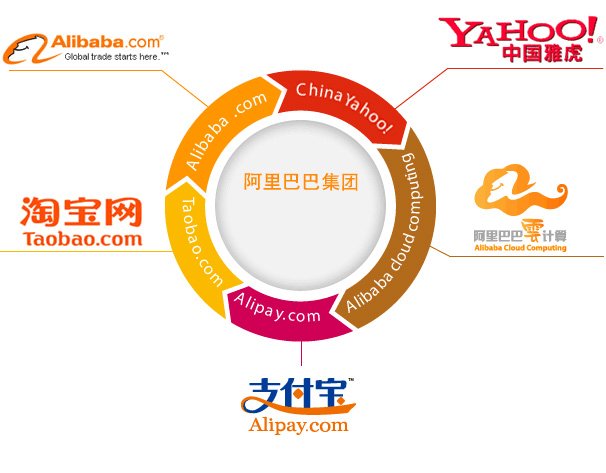 Emerging trends in data center design mean that new data centers will be able to provide a 300 percent growth in capacity in 60 percent less space than existing data centers, according to Gartner. New data centers are being designed to be efficient in terms of power utilization, space allocation and capital expenditure.
Emerging trends in data center design mean that new data centers will be able to provide a 300 percent growth in capacity in 60 percent less space than existing data centers, according to Gartner. New data centers are being designed to be efficient in terms of power utilization, space allocation and capital expenditure.
“There is a real and growing desire to increase productivity in data centers,” said Dave Cappuccio, chief of infrastructure research at Gartner. “Organizations are starting to take a serious look at consumption ratios of compute power to energy consumed and then compare them against estimated productivity of applications and the equipment to deliver that application. Couple this with the realization that most IT assets are underutilized — for example, x86 servers are running at 12 percent utilization, racks are populated to 50 to 60 percent capacity, floor space is ‘spread out’ to disperse the heat load — it becomes clear that an efficiently designed and implemented data center can yield significant improvements.”
Traditionally, organizations would mitigate the power and cooling issues in data centers by spreading out the physical infrastructure across a larger floor space, but this trend is coming to an end as more servers are needed and floor space is becoming a premium. This is forcing organizations to more densely populate existing server racks, and as a result driving an increase in localized power and cooling demand.
Cappuccio said the trend toward higher-density cabinets and racks will continue unabated through 2012, increasing both the density of compute resources on the data center floor, and the density of both power and cooling required to support them. IT managers for the past few years have focused solely on solving the power and cooling issue with hot and cold isles, distributed equipment placement, specialty cooling and self-contained environments.
Gartner said in the future the issue will move up the corporate food chain as executives realize that the substantial energy costs for IT today are but a fraction of what future costs will be at current growth rates. At current pricing the operating expense (that is energy) to support an x86 server will exceed the cost of that server within three years.
Given current trends it’s likely that operating costs of servers could easily equal their capital costs within the first few years, putting severe strains on IT organizations to fully utilize equipment they have, while only using equipment absolutely necessary. “The days of idle machines sitting on the data center floor during off peak hours will be a thing of the past. At current energy rates a 40kW rack could cost upward of $5,400 per server, per year,” Mr. Cappuccio said.
“The new data centers are not like the old ones. Organizations need to make a break with the past and realize that innovation in data center design will yield both reduced capital and operating expenditure,” said Mr. Cappuccio. “Think small, think dense – the objective is the highest compute performance per kilowatt.”
There are actions that can be taken today to reduce power consumption and thereby improve overall efficiencies in data centers. They include:
1) Implementing row- and rack-based cooling for higher-density equipment can reduce energy consumption by up to 15 percent while making the data center more scalable.
2) Rightsizing the new data center by building and provisioning only what is needed — and then expanding only when needed — can reduce the long-term operating expenses by 10 to 30 percent.
3) Using air economizers in certain geographies is a simple step with sizable rewards. Gartner said that many data centers actually have air handlers with economizer modes on existing equipment but have it disabled from the early years when energy was not the issue it is today.
4) Paying particular attention to floor layouts, not only with respect to hot aisle/cold aisle factors, but with regard to overall air movement (distance) to reduce workloads on your air handling equipment.
5) Virtualize as much as possible — especially on x86 equipment. The average x86 server has very low utilization levels but requires a high degree of its maximum power to run. Push these systems to higher utilization levels to reduce overall energy consumption, reduce floor space and see more-efficient use of your IT assets.
Gartner said that energy consumption will be the most dominant trend in data centers during the next five years — both from efficiency and a monitoring/management standpoints. Reduction in energy consumption will take on many forms, from introducing ‘green’ technologies, such as chilled water or refrigerant cooling at the device level, to real-time infrastructure management, which allows the movement of resources based on workloads and time of day. With potential regulatory involvement in data center efficiencies, IT and facilities managers will be required to show continuous improvements in how resources are utilized.


 Emerging trends in
Emerging trends in 
 “Storage area networks are being deployed worldwide at a rapid rate as a scalable, high-performance networking foundation for storage environments. The Brocade Data Center Ready program is an example of our continued commitment to delivering end-to-end interoperability to customers,” said Ben Taft, Senior Director of Strategic Alliances at Brocade.
“Storage area networks are being deployed worldwide at a rapid rate as a scalable, high-performance networking foundation for storage environments. The Brocade Data Center Ready program is an example of our continued commitment to delivering end-to-end interoperability to customers,” said Ben Taft, Senior Director of Strategic Alliances at Brocade.

.jpg)












